Acne (Vulgaris)
- Home
- Acne (Vulgaris)
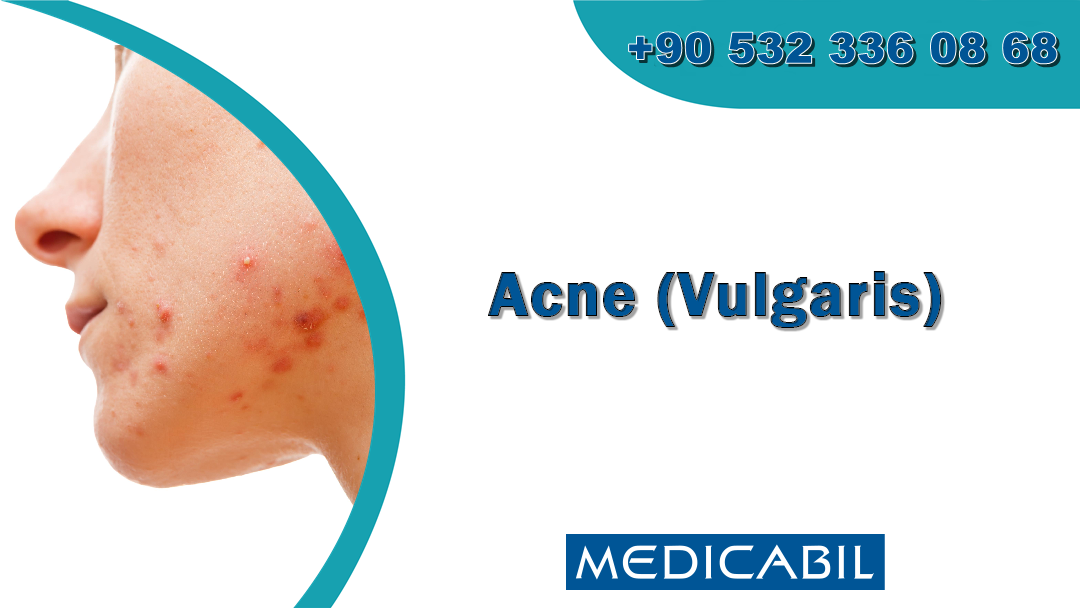
Acne vulgaris is a disease of inflammation of the hair follicle and its associated sebaceous glands. The disease manifests itself in the form of inflammatory processes called comedones (open in the form of black dots or closed in the form of white dots), papules, pustules, nodules. The disease most often settles in seborrheic areas (areas where fat release is high), such as the face, neck, shoulders, back, chest. Many factors play a role in the formation of acne. Hormonal activation, increased sebaceous gland secretion, microorganisms at the bottom of the hair (propionibacterium acnes) and thickening at the bottom of the hair are the most important of these factors. In addition, genetic predisposition, environmental factors (such as poor hygiene), sometimes foods trigger the formation of acne. Acne can occur at any age, although it is mainly seen in adolescence. Lesions usually begin between the ages of 12-14 and occur most intensively between the ages of 16-19. Sometimes it can start around the age of 10. Almost all people have few or many acne vulgaris lesions during their lifetime. The disease can sometimes continue between the ages of 20-30 and after, depending on hormonal effects in women. Although acne is perceived by most people as a physiological process, it can leave serious permanent scars if it is not treated and controlled. The clinical images it creates can lead to dysmorphobic reactions and persistent psychological disorders in young people. Acne can occur for other reasons besides the above factors. Some medications can lead to acne. Local or systemic cortisone treatments, some drugs used to treat tuberculosis, some drugs used in epilepsy, hormonal drugs, halogen drugs such as iodine and bromide can lead to acne. Another acne that begins to appear frequently today is cosmetic acne. Cosmetic agents that increase fat release, block hair factors and are used unconsciously can lead to acne. Acne is the most common form of acne. Acne lesions are created by the person. In addition to dermatological agents, psychiatric approach is necessary in the treatment of acne excavated. Occupational acne, on the other hand, occurs in occupational groups exposed to certain agents. Acne lesions are common in those who come into contact with substances such as chlorinated hydro carbons, industrial solvents, coal tar derivatives, Vaseline and oils during their work. Cushing's disease, polycystic ovary syndrome, such as endocrine disorders in people with endocrine acne variant called endocrine acne occurs. Acne vulgaris is a clinical process that is passed at a stage of life rather than a disease. This process can be passed Light, Medium, Heavy. The thing to do is to be able to go through this process without leaving the most undamaged traces. This process can sometimes take a long time and require patience. It must be contacted by a dermatologist.
-
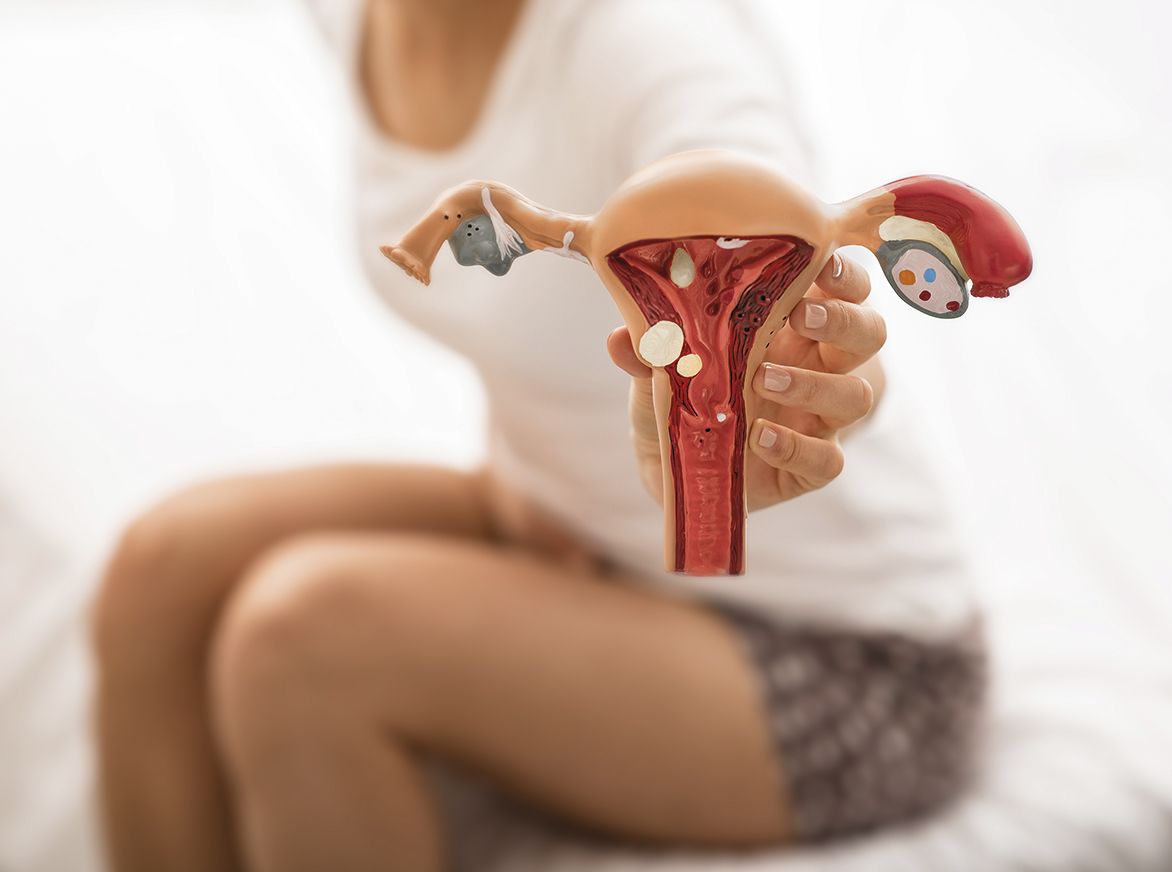 What is Endometriosis (Chocolate Cyst)? What are the symptoms? How to Treat?
What is Endometriosis (Chocolate Cyst)? What are the symptoms? How to Treat?
-
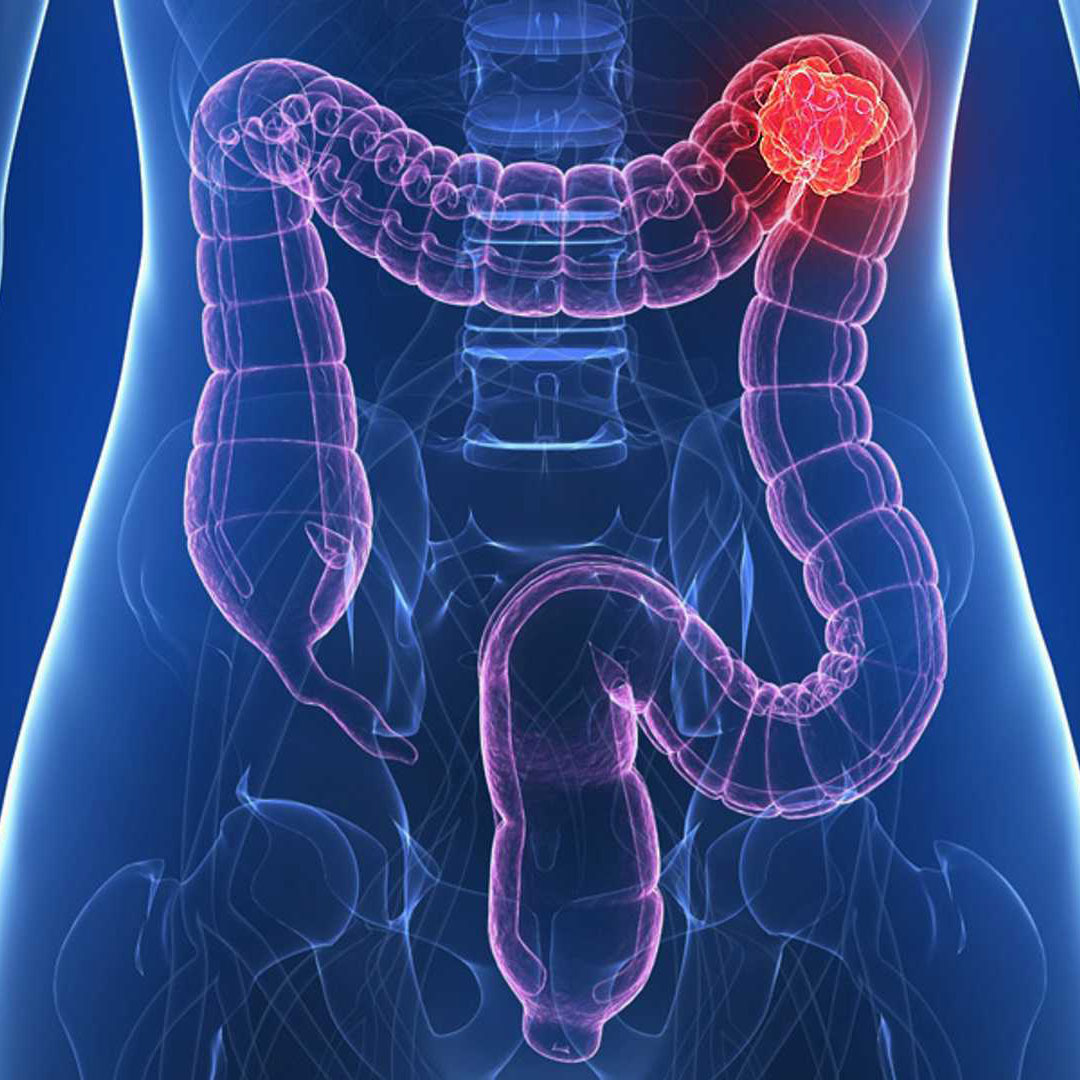 Colon Cancer (Symptoms, Stages, Treatment)
Colon Cancer (Symptoms, Stages, Treatment)
-
 Influenza (Flu) in Children
Influenza (Flu) in Children
-
 Stomach Cancer Symptoms and Treatment Methods
Stomach Cancer Symptoms and Treatment Methods
-
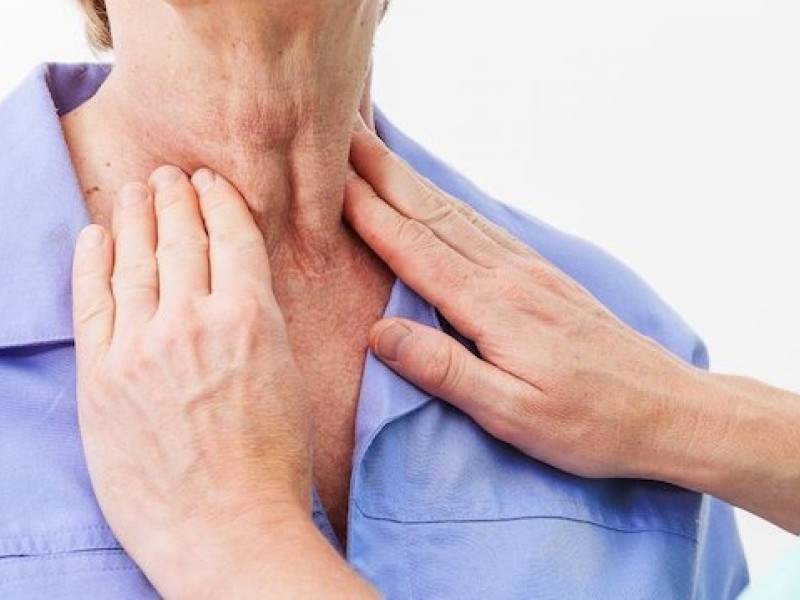 What is Lymph Node Swelling? What Are The Reasons?
What is Lymph Node Swelling? What Are The Reasons?
-
 When to Use Antibiotics? What are the side effects? What is Antibiotic Resistance?
When to Use Antibiotics? What are the side effects? What is Antibiotic Resistance?
-
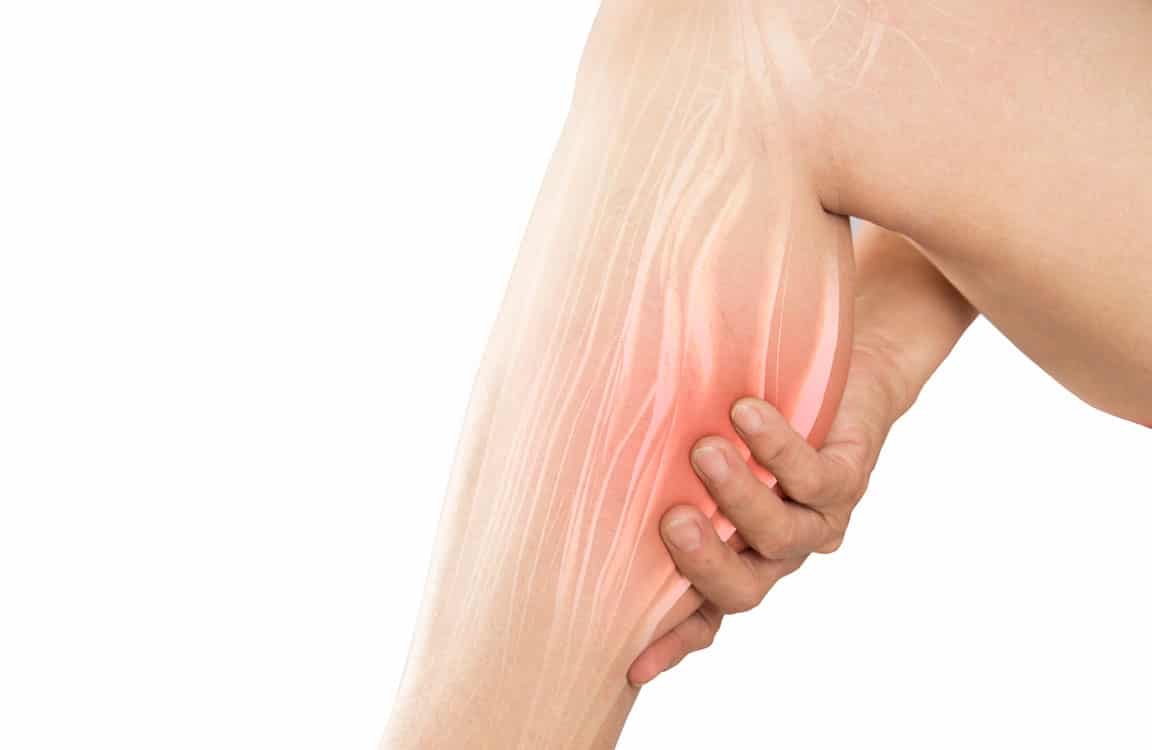 What is Muscle Spasm?
What is Muscle Spasm?
-
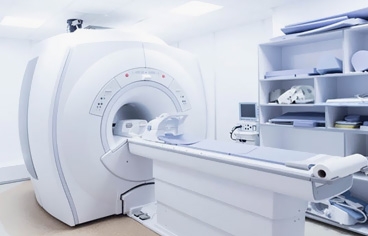 What is MRI? How to Take an MRI with Medication? Is It Harmful?
What is MRI? How to Take an MRI with Medication? Is It Harmful?
-
 What are the Causes of Diarrhea and Vomiting? How to Treat?
What are the Causes of Diarrhea and Vomiting? How to Treat?
-
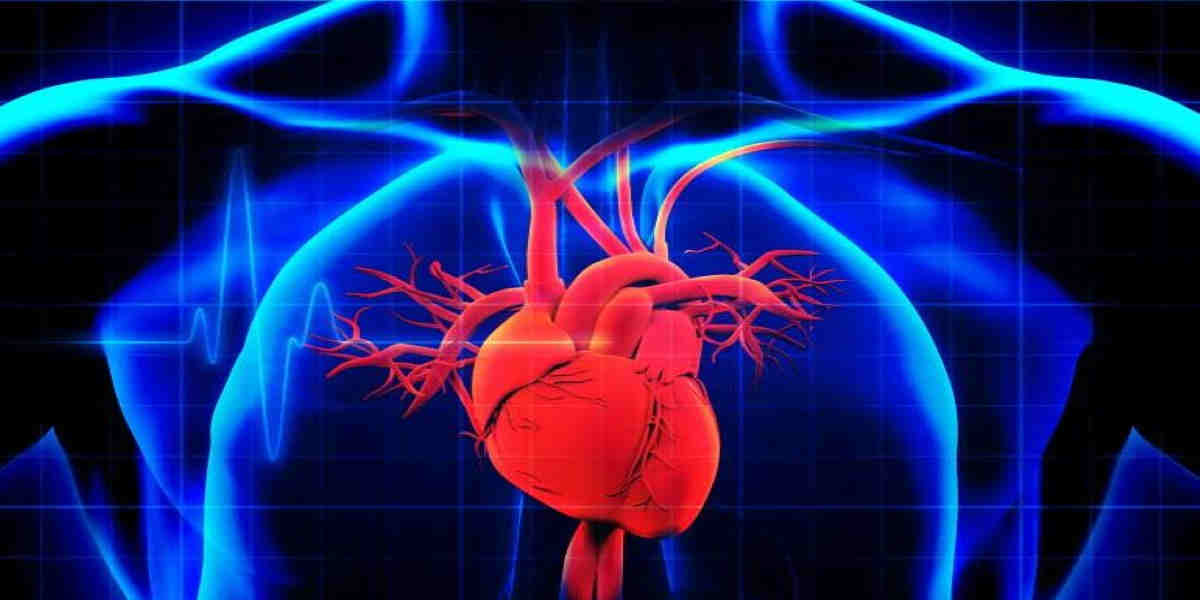 What is Heart Failure? What are its stages? How to Treat?
What is Heart Failure? What are its stages? How to Treat?

